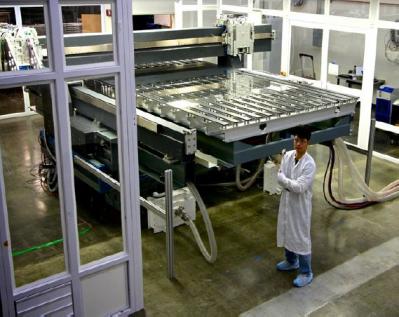Researchers claim new method can increase OLED efficiency by 3,000%
Researchers from Korea's Ulsan Institute of Technology announced that they have developed a new technique that can improve the efficiency of Iridium-doped phosphorescent emitters by more than 30 times.

The team explained that this dramatic increase in efficiency was achieved by a new method to synthesize molecules - which resulted in "stronger" molecules. More precisely, the researchers created an emitter molecule in which the two carborane units were thethered by an alkylene linker.










